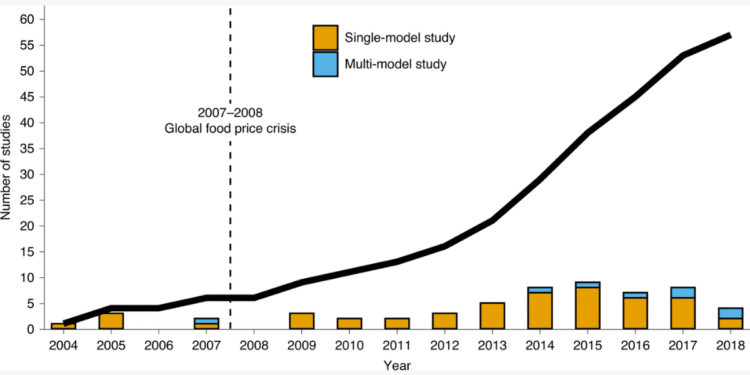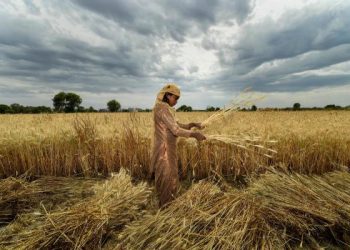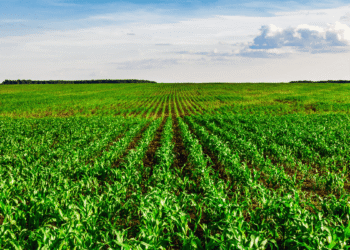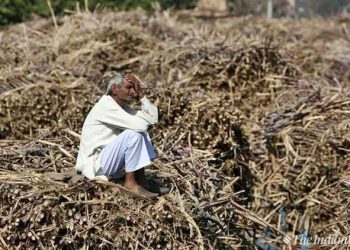Global agricultural productivity is not growing as fast as the demand for food, amid the impact of climate change, according to a new report.
Total factor productivity (TFP) is growing at an annual rate of 1.36 percent (2020-2019), according to the 2021 Global Agricultural Productivity Report (GAP Report), released October 20, 2021.
This is below the Global Agricultural Productivity Index that has set an annual target of 1.73 percent growth to sustainably meet the needs of consumers for food and bioenergy in 2050.

TFP tracks changes in how efficiently agricultural inputs such as land, labor, fertilizer, feed, machinery, and livestock are transformed into outputs like crops, livestock, and aquaculture products.
TFP growth is influenced by climate change, weather events, changes in fiscal policy, market conditions, investments in infrastructure, and agricultural research and development.
Climate change has already reduced productivity growth globally by 21 percent since 1961, the report said. In the drier regions of Africa and Latin America, climate change has slowed productivity growth by as much as 34 percent.

The report noted that middle-income countries including India, China, Brazil, and erstwhile Soviet republics continued to have strong TFP growth rates.
India has seen strong TFP and output growth this century. The most recent data shows an average annual TFP growth rate of 2.81 percent and output growth of 3.17 percent (2010–2019).
However, in low-income countries, nearly all agricultural output growth comes from land-use change and forest and grassland destruction for cultivation and grazing. As a result, TFP in low-income countries was contracting by an average of 0.31 percent per year, the report found.

Policy reforms in the 1980s and 1990s generated respectable TFP growth in sub-Saharan Africa, according to the report. But the region had been unable to sustain or improve TFP growth due to minimal investments in agricultural research and development (R&D).
High-income countries, including those in North America and Europe, showed modest TFP growth according to the report. In the US, agricultural output had increased 36 percent since 1982 due to the widespread adoption of efficient irrigation and precision agriculture.
The report urged accelerating investments in agricultural R&D to increase and preserve productivity gains, especially for small farmers.
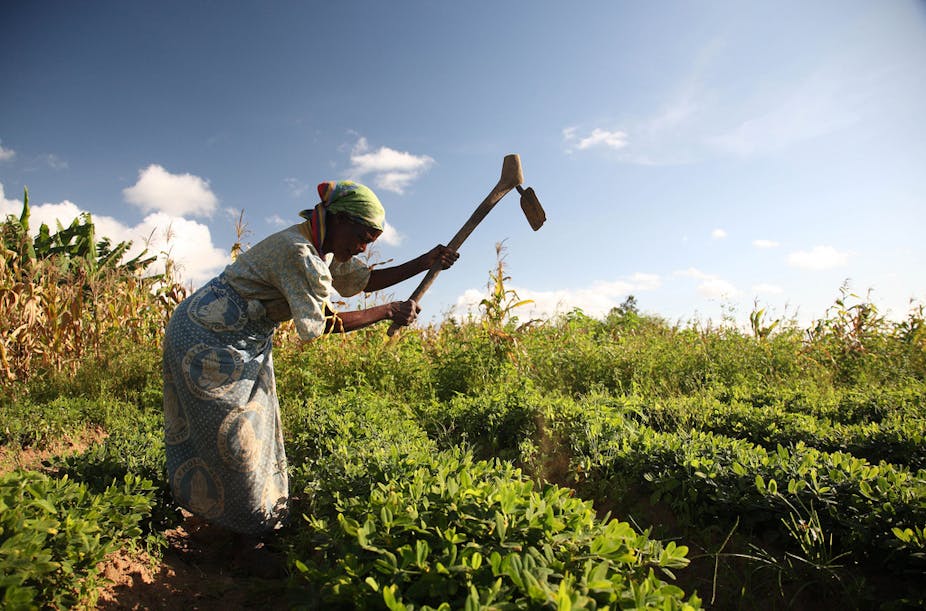
It identified six strategies and policies that would create sustainable agricultural growth at all scales of production:
- Invest in agricultural research and development
- Embrace science-and-information-based technologies
- Improve infrastructure for transportation, information, and finance
- Cultivate partnerships for sustainable agriculture, economic growth, and improved nutrition
- Expand and improve local, regional and global trade
- Reduce post-harvest loss and food waste
Strengthening the climate for sustainable agricultural growth was released by Virginia Tech’s College of Agriculture and Life Sciences in the United States.
The report was released in conjunction with the World Food Prize Foundation’s annual conference.
It primarily made use of data from the United States Department of Agriculture.
Also Read: Govt Opens Up Agriculture, Horticulture, Allied Sector To All Communities In J&K

